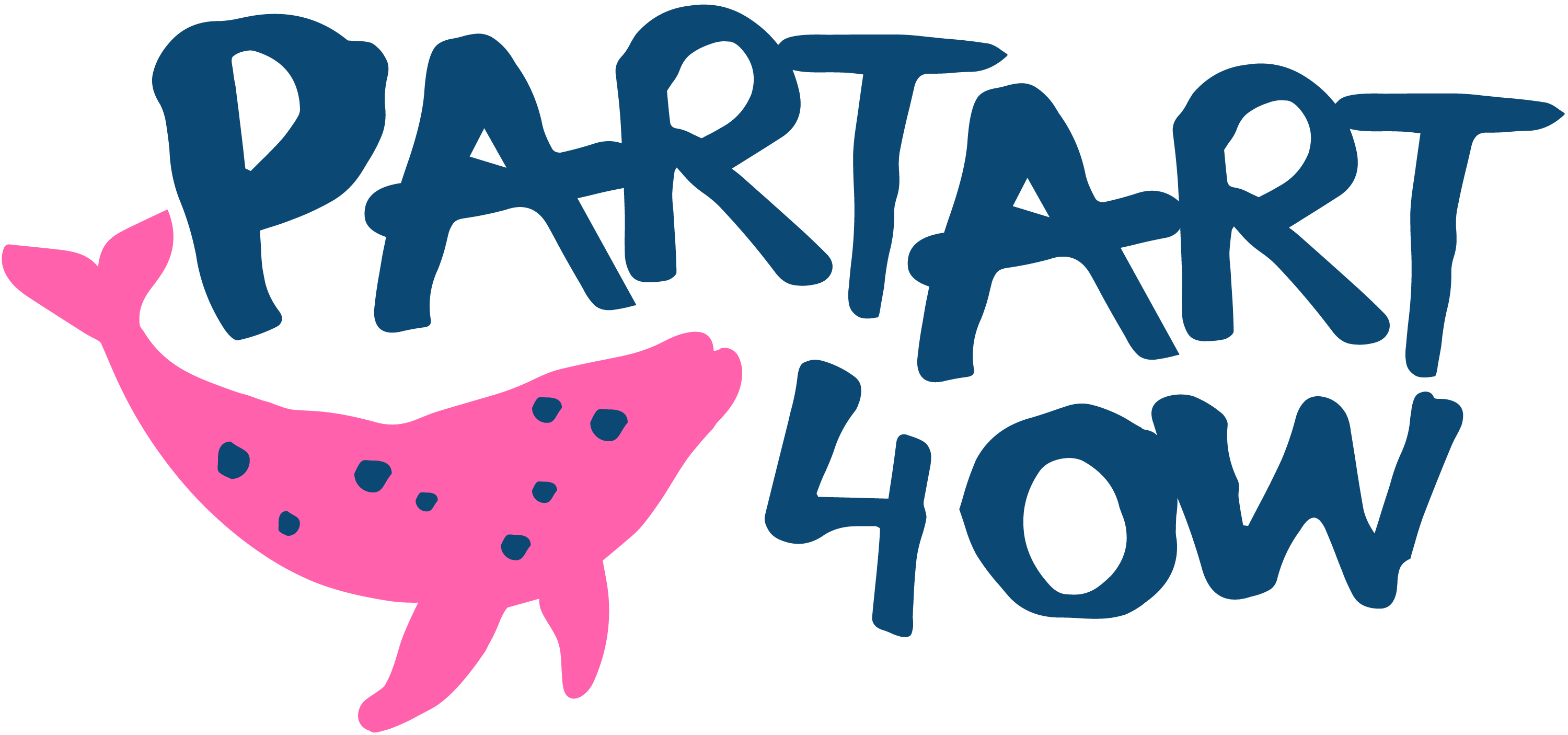In the world of science and research, creativity is often seen as something separate from the hard facts and rigorous methods that define the scientific process. However, creativity is not only integral to the arts; it can also play a crucial role in advancing our understanding of the natural world—particularly when it comes to the complex ecosystems of our oceans and freshwater environments. By combining artistic expression with scientific inquiry, we can foster deeper connections to these vital resources, inspire new approaches to research, and communicate environmental issues in more engaging and accessible ways. In this and subsequent posts, we'll explore how creativity and art can serve as powerful tools to support ocean and freshwater science.
Raising Awareness through Visual Storytelling
Visual storytelling leverages artistic mediums to translate scientific data into engaging narratives. Oceans and freshwater systems are vast, intricate, and often difficult for the general public to comprehend. Art can help bridge this gap by transforming complex scientific data into compelling visual narratives.

Illustrations of marine and freshwater biodiversity, for example, bring the underwater world to life, celebrating its beauty while highlighting its fragility. Multimedia installations and virtual reality experiences immerse audiences in the struggles and resilience of these ecosystems, providing perspectives that words or charts cannot convey.

Take plastic pollution: sculptures crafted from ocean debris or striking photography of entangled marine life are poignant reminders of human impact on aquatic environments. Such art provokes both thought and emotion, spurring individuals to act in ways traditional communication might not achieve.

Freshwater systems, often overlooked in environmental discourse, also benefit from visual storytelling. Art can depict issues like groundwater depletion, river pollution, or climate change impacts on freshwater resources. Aerial drone photography showing shrinking lakes, or time-lapse videos of changing river flows, vividly reveal the stakes, driving public engagement and policy support. When people can see the issues, they are more likely to engage with the cause, fostering support for conservation efforts and research.

Examples of Impactful Visual Narratives
- Debris Sculptures: Artists like Washed Ashore create sculptures entirely from marine debris. Explore their work here: Washed Ashore Gallery.
- Underwater Photography: Celebrated photographer David Doubilet captures marine life in breathtaking detail. Discover his work on National Geographic: David Doubilet.
- Interactive Exhibits: The Ocean Plastics Lab showcases plastic's journey through interactive displays, promoting awareness of marine pollution.
- Museo Atlántico - Located off the coast of Lanzarote, this underwater museum by Jason deCaires Taylor features sculptures that explore themes like climate change, migration, and the human connection to the ocean. The artworks, submerged 14 meters below the surface, also function as artificial reefs, fostering marine biodiversity. More details can be found here
- Courtney Mattison’s Coral Sculptures - Mattison creates large-scale ceramic installations that celebrate the beauty of coral reefs while raising awareness of their fragility due to climate change. Her projects, such as "Gyre" and "Our Changing Seas," are stunning visualizations of underwater ecosystems. See her work here: My Modern Met.
- Plastic Reef Project - Artist Mandy Barker uses ocean plastic waste to create hauntingly beautiful photography and installations that confront audiences with the scale of pollution in our seas. Her series combines art with scientific data to inspire environmental action. Visit Mandy Barker’s site for more information.
- The Coralarium - Another project by Jason deCaires Taylor, this semi-submerged sculpture garden in the Maldives features eco-conscious art pieces that interact with the surrounding marine environment. Details are available here.
Why It Matters

Through these initiatives, art bridges the gap between science and society. By showcasing invisible or distant issues, it fosters emotional connections that drive behavioural change. Whether through exhibitions, public installations, or online campaigns, visual storytelling is a cornerstone of our mission at PartArt4OW to inspire action for healthier oceans and water systems.
Stay tuned for updates on our Participatory Art Initiatives (PAIs), where visual storytelling will be central to engaging communities worldwide.
